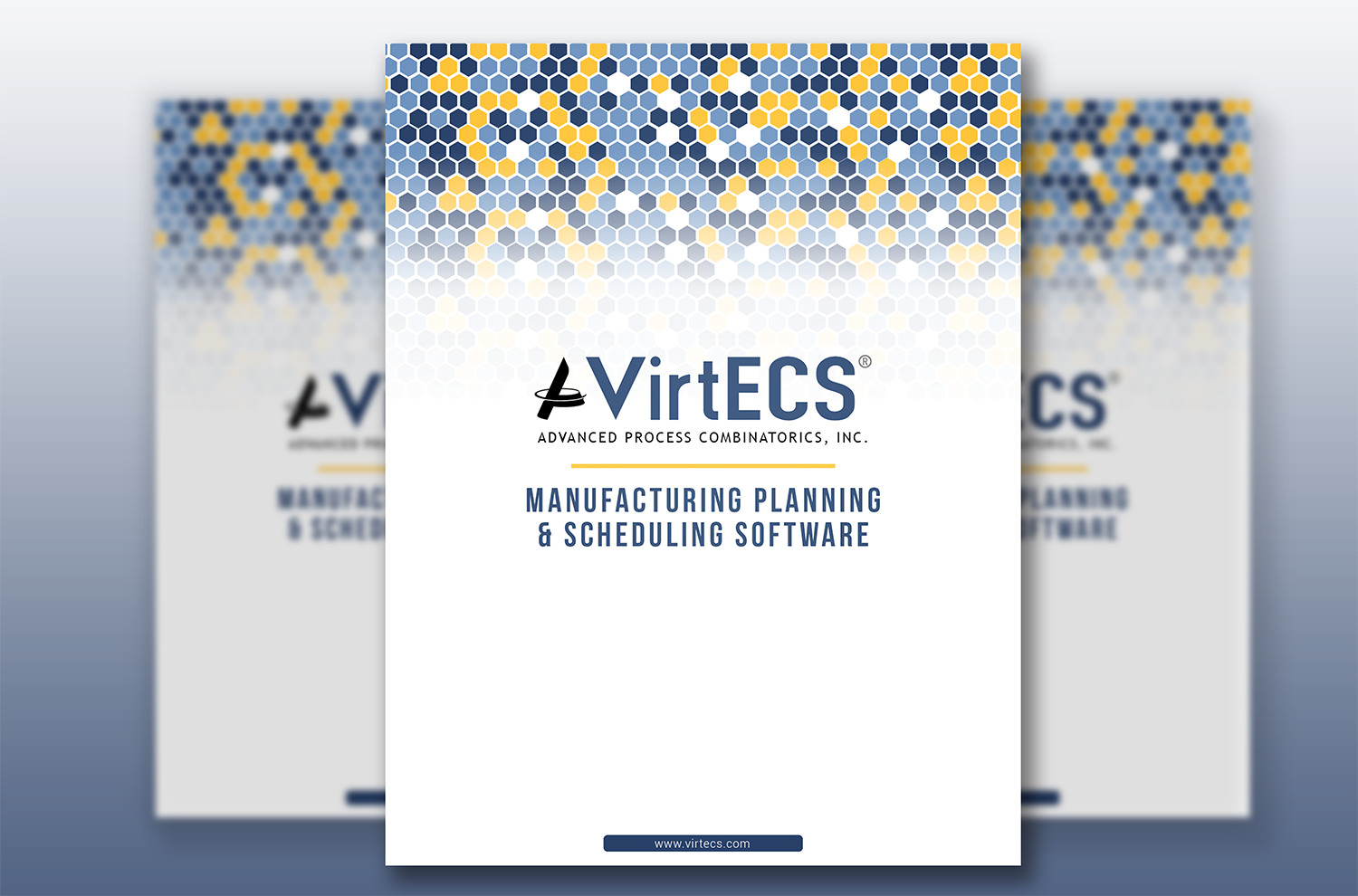From delayed shipments to constant fluctuations in demand, the early challenges of COVID-19 left many manufacturers in chaos for months. Business intelligence firm Creditsafe estimates that the pandemic caused nearly a $400 billion decline in manufacturing revenue in the US in 2020. Now that we’re more than a year into the pandemic, there’s a growing sense among businesses to reevaluate their processes to better prepare for future disasters.
In order to safeguard their business, manufacturers must figure out how to limit the impact of disruptions without sacrificing service or quality to end users. Consumers will still need your product even during an emergency, and if your facility isn’t equipped to meet their needs, you risk losing their business to a competitor. Here are the ways we believe manufacturers can adapt to best satisfy customers while protecting their business from potential disruptions.
Find Additional Value-Adds
One way manufacturers can enhance the customer experience is by revisiting the product itself. When businesses analyze each step in their supply chain, they often find opportunities to improve their process or add value to their end products. For example, could there be another supplier of the raw materials you need that offers more benefits your customers care about? Making these kinds of small changes can create a big impact on customers’ eventual satisfaction.
To provide the best customer service, it’s also become critical to prevent inevitable supply chain disruptions from interrupting the rest of your production process. Though consumers may now be more accustomed to waiting on restocks for items they need, companies that can prove they are consistent and dependable will earn a leg up. As reliability and increased quality continue to become more important, it may also be worth considering switching to domestic supply chain partners. We saw last spring how quickly global emergencies can disrupt countries’ abilities to ship and trade overseas. In general, domestic transactions will be less likely to be impacted long-term by major world events.
Listen to Customer Needs
Past and potential customers are the people who ultimately drive your business each day. As such, their needs should be a major factor in each manufacturing decision you make. The more in tune you are with their needs, the more appealing your products will be. This includes both giving them the quality product they’re looking for, and keeping an appropriate amount of inventory in stock.
One area manufacturers can focus on to meet customer demand is variations in their product lines. Running smaller batches of differentiated products made from various raw materials can lift your business’ reliance on one resource without dramatically altering overall production. If product variation A runs out of a necessary material, you can quickly pivot to product variation B, which uses a different resource that is readily available. This strategy allows your business to continue reaching customers and meeting their needs despite supply chain challenges.
Lower Costs
At the end of the day, sometimes the most attractive feature of a product is its price point. In many industries, customers make buying decisions primarily based on the lowest cost they can find. Of course, in order to offer products at a lower price, your business has to find ways to decrease costs throughout the entire supply chain.
One of the biggest cost savings for manufacturers comes from buying raw materials in bulk whenever possible. When your cost to create the product goes down, you can pass the price savings down to your customers. Keeping a larger inventory of materials on hand can also help avoid delays if the supply chain is disrupted and it becomes difficult to restock all needed resources. If you can create the same amount of product in less time, you’re able to either produce a higher volume or keep equipment shut off for longer periods, which can save you significant energy and operating costs. Bottlenecks are typically the culprit of lagging production times, and solving them can be an incredibly complicated process. However, with the right technology, equipment can be debottlenecked and begin running as efficiently as possible.
To account for these supply chain adjustments and manage your changing production schedule, we recommend an advanced planning and scheduling system for manufacturing plants. Over the past 25 years, our company has worked with a number of global companies to create planning and scheduling solutions to complex manufacturing processes. Our software, VirtECS, creates a virtual model of an individual plant in order to add value to the facility and solve costly problems, such as debottlenecking, capacity analysis and crisis recovery. To find out more about how VirtECS can improve your manufacturing processes, download our whitepaper here.












